By: Charlotte Dunn
FIELD RESEARCH
From mid-June to mid-September, Bahamas Marine Mammal Research Organisation (www.bahamaswhales.org) staff, Charlotte Dunn and Diane Claridge, conducted vessel surveys to search for marine mammals off southwest Abaco Island in the northern Bahamas. To assist with surveys, BMMRO hired and trained four Bahamian interns. These included former Dolphin Cay employee, Felice Knowles, and Eboni Adderley, who joined the field team from July 2nd to August 10th. Jurique Russell participated as an intern from August 10th to September 2nd, and Luanettee’ Colebroke joined us on August 10th and is scheduled to depart on September 18th.
A total of 23 vessel surveys were conducted, eleven taking place before and after Whale Camp (see below) and an additional 12 surveys during Whale Camp. Surveys covered almost 800 nautical miles along the coastal areas of SW Abaco Island including on the bank and in pelagic waters. The team searched for 106 hours while at sea which resulted in 24 sightings of marine mammals. There were four different species sighted: coastal bottlenose dolphin (Tursiops truncatus, 17 sightings), Atlantic spotted dolphin (Stenella frontalis, 4 sightings), sperm whale (Physeter macrocephalus, 1 sighting), and West Indian manatee (Trichechus manatus latirostris, 2 sightings).
HIGHLIGHTS:
Bottlenose dolphins were encountered in southwest Abaco on 17 occasions. The majority of these occurred at Rocky Point, an area where bottlenose dolphins regularly occur year-round to feed on straight tail razorfish (also known as Rosy razorfish, Xyrichtys martinicensis). However, during the summer months and coincident with the full moon, bottlenose dolphins congregate at Rocky Point to feed on schooling, migrating bar jack (Caranx ruber). During these times, we find bottlenose dolphins in much larger groups than any other time of year, with group sizes typically of around 25 dolphins. The dolphins use these feasting gatherings as a time for socialising as well as mating opportunities. So the presence of jacks at Rocky Point each summer and resulting dolphin aggregations may in fact be a very important part of bottlenose dolphin population ecology for this local population. There is another advantage of having an aggregation site for dolphins so close to our base in Sandy Point. During this time we find a high number of different dolphins, each distinguished individually by their pattern of nicks in the dorsal fin, in the Rocky Point feeding aggregation. This is great because to calculate an annual abundance estimate we need to account for as many individuals as possible. In this way we can monitor the health of individuals and the status of the population through the years.

